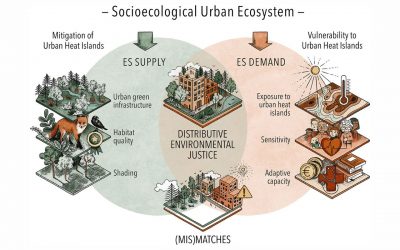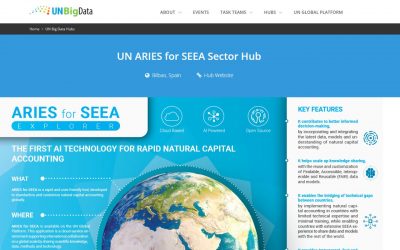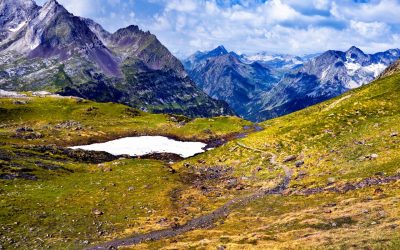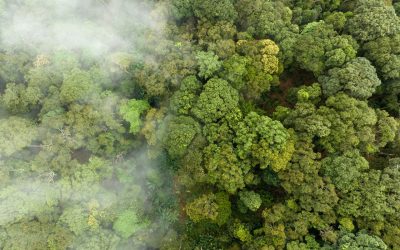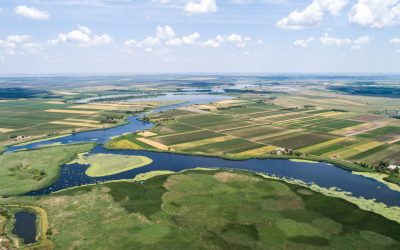The latest
in ARIES software development & model applicationsEmpowering urban heat resilience through ARIES
In a recent paper published in the Science of the Total Environment journal, BC3 researchers Celina Aznarez and ARIES team members Sudeshna Kumar and Alba Márquez Torres explore the disparities in heat vulnerability and their implications for environmental justice. ...
The UN ARIES for SEEA Sector Hub premieres its brand new landing page on the UN Global Platform’s website!
As the first subject-specific hub of its kind, the ARIES for SEEA Sector Hub joined last year to the other Regional Hubs within the United Nations Global Platform, a collaborative environment established by the UN Committee of Experts on Big Data and Data Science for...
ARIES at EGU 2024: Pioneering research in environmental sustainability
ARIES team members Alba Márquez, Anna Sperotto and Sudeshna Kumar will participate in The European Geosciences Union (EGU) conference 2024, one of the most anticipated events in the realm of geosciences, bringing together researchers, scientists, and experts from...
Empowering Pyrenean communities for climate resilience
ARIES is excited to announce its involvement in a European project coordinated by the Pyrenees Climate Change Observatory (OPCC) - Pyrenees Working Community Consortium (CTP): LIFE CC PYRENEES. This initiative seeks to ensure the leverage effect to achieve a first...
New report on global vegetation carbon stocks
The ARIES team has released annual global vegetation carbon stock trends from 2001 to 2020. This provides new insights into the spatiotemporal dynamics of vegetation carbon stocks worldwide, with important implications for global efforts to mitigate and adapt to...
An overview of methods to enhance ecosystem services assessments within the Global Biodiversity Framework
ARIES’ Natural Capital Accounting project manager at BC3 Alessio Bulckaen and Natural Capital Accounting Specialist at U.S. The Geological Survey (USGS) Ken Bagstad recently led a comprehensive review of candidate models, data sources, and SEEA-compatible valuation...
